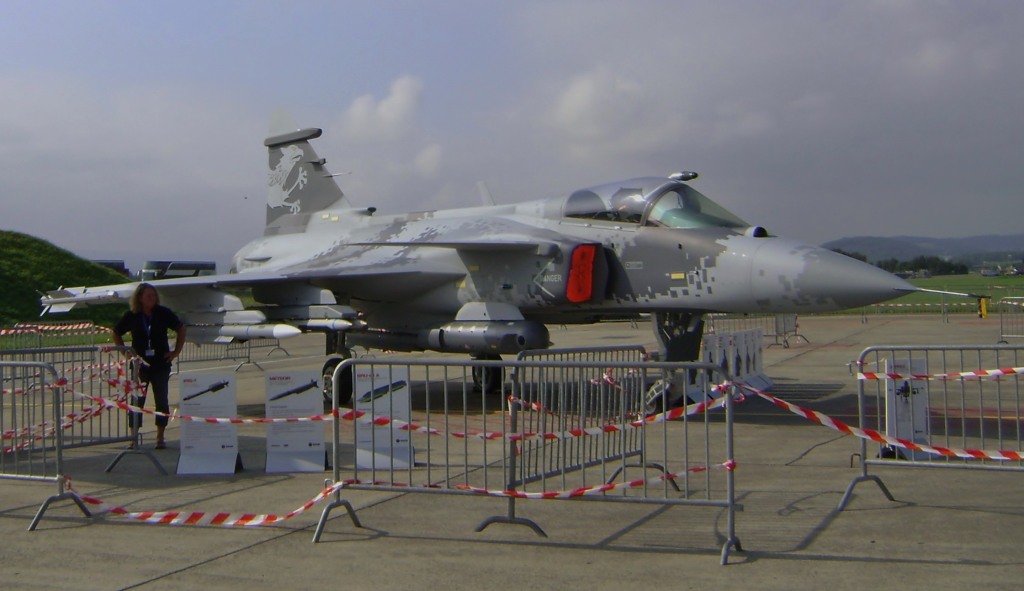
Can a single fighter jet design tilt the balance in a modern air war? Sweden’s Gripen-E may be poised to test that question over Ukraine’s contested skies. With Kyiv and Stockholm signing a letter of intent for as many as 150 of these advanced multirole aircraft, the deal represents more than a procurement-it signals a potential transformation in Ukraine’s aerial posture against Russia’s Aerospace Forces, or VKS.
Unlike older Soviet-era jets or even Western fighters recently supplied to Ukraine, the Gripen-E was designed from the outset for survival in high-threat environments by integrating sensors, weapons, and electronic warfare into a system-of-systems. It was built to thrive in those conditions where runways are cratered, radar coverage is contested, and air superiority is in doubt. A look at nine key capabilities that can make it the definitive asset for Ukraine’s air force, changing both tactics and strategy, is presented in this list.
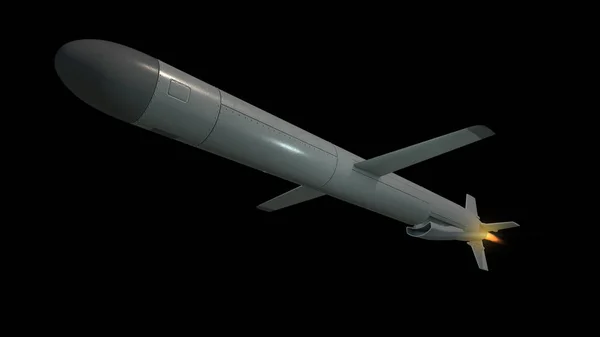
1. Advanced Sensor Fusion for Early Threat Detection
he roll-repositionable antenna of the Raven ES-05 AESA radar greatly extends the field of regard beyond what was possible in conventional designs. It features passive detection of heat signatures, including stealth aircraft and cruise missiles, via the Skyward-G infrared search and track system. Integrated sensor-fusion software and secure datalinks allow Ukrainian pilots to share targeting data across formations and allied assets, creating a distributed awareness network. This architecture increases beyond-visual-range engagement opportunities while reducing exposure to standoff missile attacks.
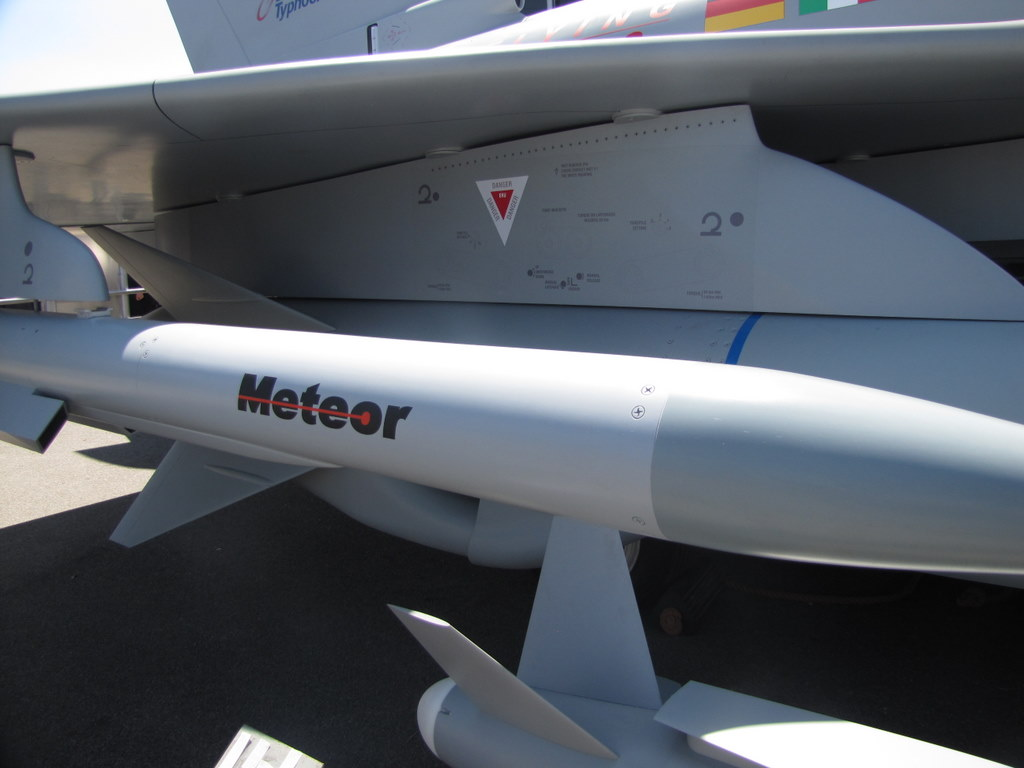
2. Meteor Missile and Extended Engagement Range
Equipped with the MBDA Meteor, the Gripen-E provides a much larger no-escape zone than Russian R-77s. Ramjet propulsion sustains high speed deep into flight, maintaining kinetic energy for long-range kills. This enables Ukrainian pilots to attack high-value targets such as Su-35s from standoff distances, forcing VKS to change tactics or accept higher risk of attrition. With ten hardpoints, mixed loadouts of air-to-air and precision strike weapons can be carried on a single sortie, enabling rapid mission role changes without reconfiguration.

3. Electronic Warfare Suite for Survival in Contested Airspace
The Arexis EW suite includes integrated digital radar warning receivers, active jammers, towed decoys, and missile warning sensors. Its ability to employ techniques like DRFM, Doppler generation, and noise generation can mask the aircraft’s presence, thus presenting false targets and confusing missile guidance. In thick Russian SAM systems such as the S-400s, this can create temporary corridors of reduced threat through which ingress and egress with lower risk may be assured. The survivability achieved is due to the EW dominance, speed, and tactical maneuver rather than just stealth.
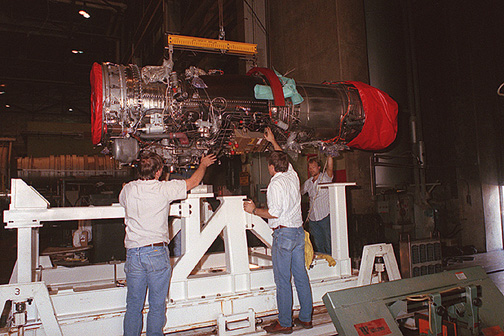
4. High Energy Maneuverability in Dogfights
The Gripen-E has rapid acceleration and climb rates powered by the General Electric F414G engine, producing around 22,000 pounds of thrust. Low drag and wing loading enhance agility, enabling sustained high-G maneuvers and supersonic flight on dry thrust even with full armament. All these traits can let pilots dictate the geometry of engagement, evade missile locks, and exploit positional advantage in close combat against heavier Russian fighters.

5. Dispersed Operations to Evade Airfield Strikes
The Saab Gripen-E, which was designed under the Bas 90 concept in Sweden during the Cold War, can operate from highways and short strips, refuel and rearm in under 20 minutes, and require minimal ground crew. In Ukraine’s environment, where airbases are prime targets for missile and drone strikes, dispersed basing reduces vulnerability and maintains sortie rates even under sustained attack.
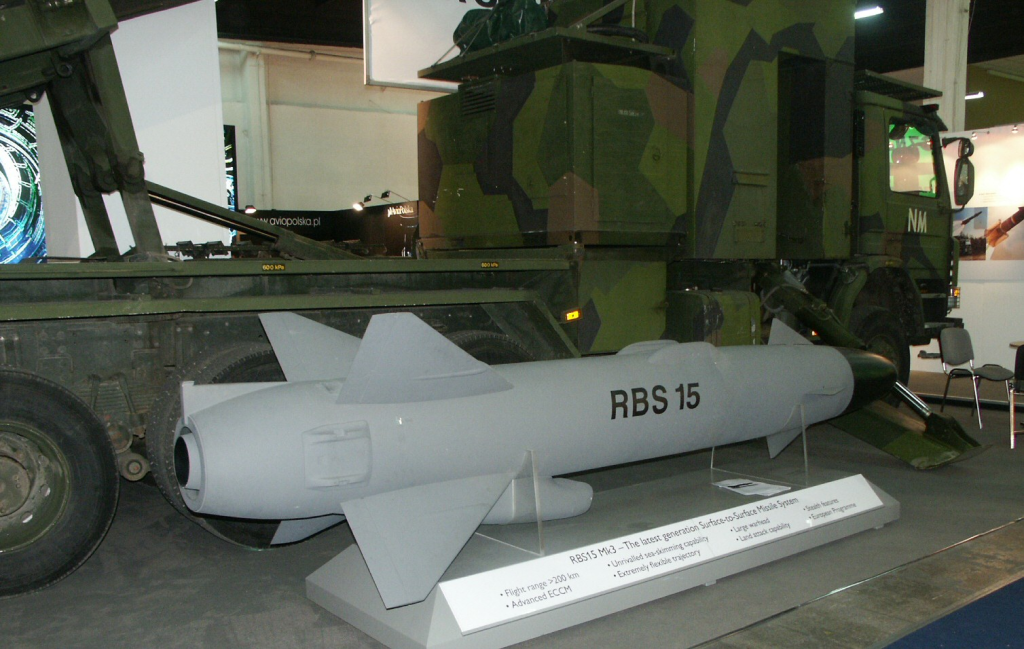
6. Precision Strike Versatility
Beyond air defense, the Gripen-E can employ laser-guided bombs, GPS-guided glide bombs, cruise missiles, anti-radiation weapons, and the RBS-15 anti-ship missile to conduct strikes on Russian command centers, radar installations, and logistics hubs. It provides flexibility in response to evolving battlefield demands by switching between defensive patrol to suppression of enemy air defenses within one mission.
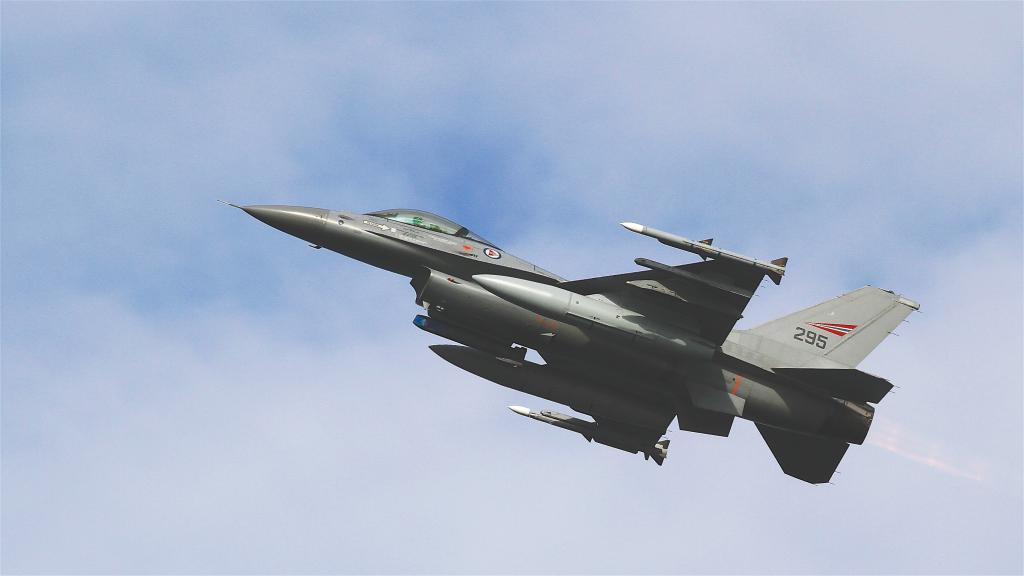
7. Demonstrate combat exercise performance
In multinational exercises, Gripens have demonstrated remarkable kill ratios such as 3 Swedish Gripens defeating 5 Norwegian F-16s by scores of 5-0, 5-0, and 5-1. During Red Flag Alaska, a Gripen pilot reportedly downed five F-16 Block 50+ in close combat without losses. These results underpin the aircraft’s agility, situational awareness, and EW integration-all qualities very relevant to Ukraine’s air combat challenges.
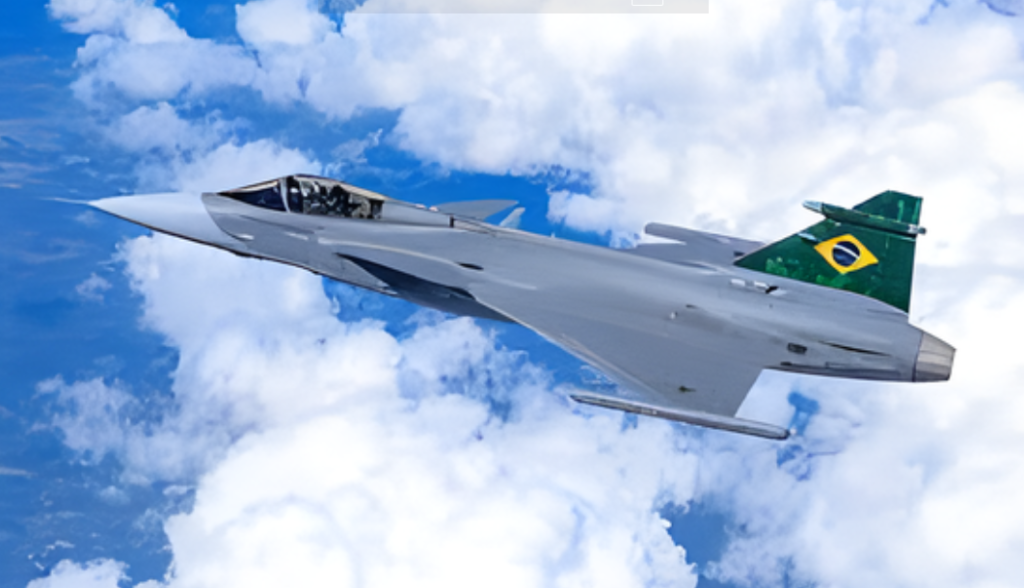
8. High Availability and Low Operating Costs
With its modular systems and fast-access panels, Gripen-E can achieve a notably high sortie generation rate, reportedly over 85% availability in optimal support conditions. The cost per flight hour at approximately $8,000 is also much lower compared with heavier twin-engine fighters. This will enable Ukraine to sustain more daily missions without overexerting logistics, something particularly critical in a prolonged conflict.

9. NATO Interoperability and Strategic Integration
The Gripen-E is fully NATO interoperable; it will be capable of integrating into the Western command-and-control networks, sharing targeting data, and coordinating with coalition ISR assets. Over time, a fleet of 100–150 Gripen-Es could transition Ukraine from a reactive air denial posture to a contested air control strategy, enabling it to achieve localized air superiority in key sectors. This would reinforce regional deterrence and embed Ukraine more deeply into NATO’s collective defense framework.
Advanced sensors, long-range armament, robust electronic warfare, and dispersed basing capability would align well with Ukraine’s operational realities. Against these benefits, NATO interoperability, and integration, however, stand the hurdles of delivery timelines, training, and adaptation of infrastructure. The aircraft’s design philosophy directly meets the threats presented by Russia’s air and missile forces. With sufficient numbers and proper doctrine, the Gripen-E could change Ukraine’s approach to aerial warfare-survival to control over contested skies.


